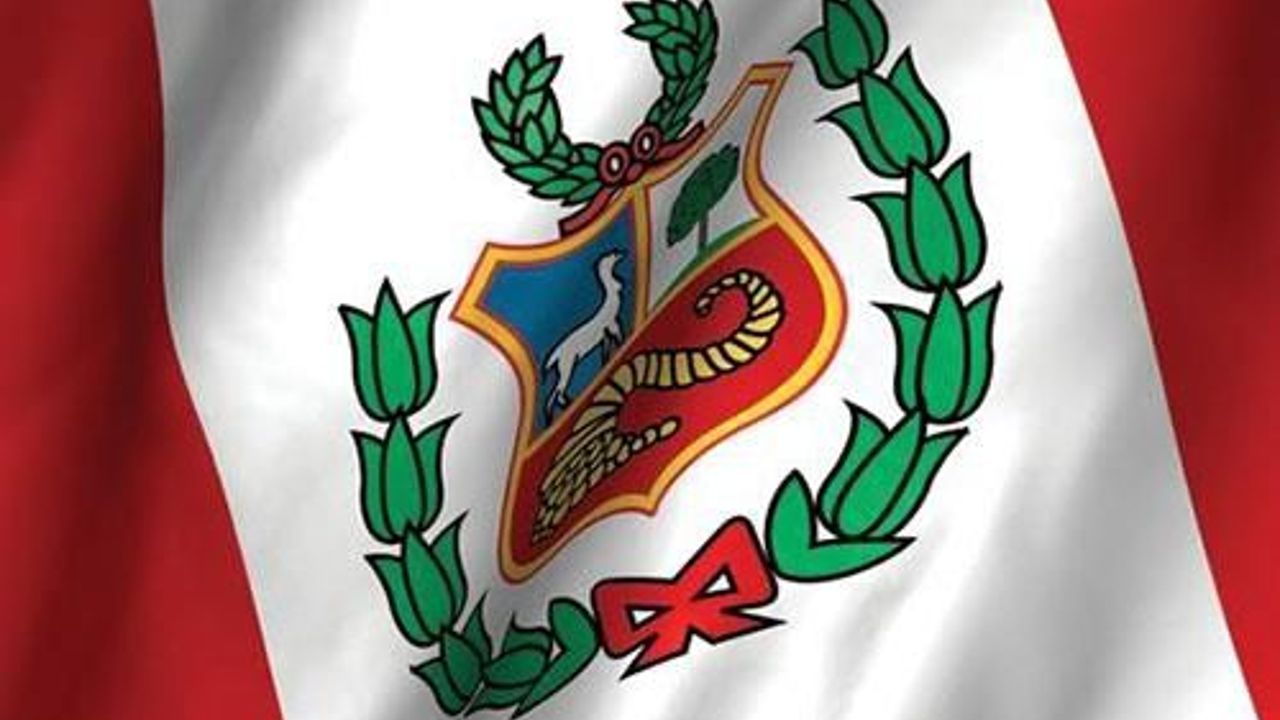Evolving drug trade could turn Peru into crime hub
Business |
Aggressive global effort needed as cash from cocaine lays siege to democracy, experts say.

Font Size:
Soaring levels of drug trafficking in Latin America could make Peru a haven for organized crime unless strong international action is taken, drug experts warned.
Peru, now the worlds top producer of cocaine, could be next to join the ranks of Colombia and Mexico in buckling to the narco trade, as cash from the illegal drug trade infiltrates regional governments.
In recent years, drug trafficking has advanced at great speed, Jorge Chavez Cotrina, national coordinator for organized crime at Perus attorney general's office, said during a two-day conference in Lima earlier this week.
If we dont make political decisions now there will be serious problems in the future, Chavez added at the event hosted by Perus anti-narcotics agency DEVIDA, and a European Union delegation.
Experts called for coordinated global efforts in intelligence sharing and in tackling money laundering servicing the illicit activity.
Global criminal activity amounted to $2.1 trillion in 2009, according to United Nations Office on Drugs and Crime figures.
Peru couldnt escape this reality as a member of the international community, said the French ambassador to Peru, Jean Jacques Beaussou, nor could it blame small producers or backpackers.
Drug trafficking in Peru has transformed in recent years as Mexicans and Brazilians have moved to displace Colombian groups, and rerouted air bridges from north to east. More cocaine now crosses over remote borders to Brazil, now the worlds second cocaine consumer.
Illustrative of the shifting situation, Peru made a record seizure in August of about seven tons of the drug in the northern port town of Trujillo. It belonged to the Mexican Sinoloa cartel, according to police officials.
Drug trafficking was the most important business in Latin America and the Caribbean, said Jeremy McDermott, co-director of Insight Crime, a website focusing on the Americas.
McDermott compared it to a cancer that maligns every part of a country it touches, above all through corruption.
Regional and local elections in Peru this month brought this into sharp focus when Perus top anti-drug attorney said as many as 700 candidates may have had drug links.
We are now a vile mirror of what Colombia was and what Mexico is today, said Sonia Medina in comments published by The Associated Press.
The scale of suspected money laundering neared $11 billion in 22,334 cases from 2007 to August 2014, Perus cabinet chief Ana Jara said at the event.
Combating the upsurge was imperative, ethical, and a policy of the state, she said, announcing a further $62 million (180 million soles) in the countrys drug fight.
The funds will finance crop replacement and social programs, including pensions and education about the dangers of drugs in coca-leaf producing regions.
Anadolu Agency
Peru, now the worlds top producer of cocaine, could be next to join the ranks of Colombia and Mexico in buckling to the narco trade, as cash from the illegal drug trade infiltrates regional governments.
In recent years, drug trafficking has advanced at great speed, Jorge Chavez Cotrina, national coordinator for organized crime at Perus attorney general's office, said during a two-day conference in Lima earlier this week.
If we dont make political decisions now there will be serious problems in the future, Chavez added at the event hosted by Perus anti-narcotics agency DEVIDA, and a European Union delegation.
Experts called for coordinated global efforts in intelligence sharing and in tackling money laundering servicing the illicit activity.
Global criminal activity amounted to $2.1 trillion in 2009, according to United Nations Office on Drugs and Crime figures.
Peru couldnt escape this reality as a member of the international community, said the French ambassador to Peru, Jean Jacques Beaussou, nor could it blame small producers or backpackers.
Drug trafficking in Peru has transformed in recent years as Mexicans and Brazilians have moved to displace Colombian groups, and rerouted air bridges from north to east. More cocaine now crosses over remote borders to Brazil, now the worlds second cocaine consumer.
Illustrative of the shifting situation, Peru made a record seizure in August of about seven tons of the drug in the northern port town of Trujillo. It belonged to the Mexican Sinoloa cartel, according to police officials.
Drug trafficking was the most important business in Latin America and the Caribbean, said Jeremy McDermott, co-director of Insight Crime, a website focusing on the Americas.
McDermott compared it to a cancer that maligns every part of a country it touches, above all through corruption.
Regional and local elections in Peru this month brought this into sharp focus when Perus top anti-drug attorney said as many as 700 candidates may have had drug links.
We are now a vile mirror of what Colombia was and what Mexico is today, said Sonia Medina in comments published by The Associated Press.
The scale of suspected money laundering neared $11 billion in 22,334 cases from 2007 to August 2014, Perus cabinet chief Ana Jara said at the event.
Combating the upsurge was imperative, ethical, and a policy of the state, she said, announcing a further $62 million (180 million soles) in the countrys drug fight.
The funds will finance crop replacement and social programs, including pensions and education about the dangers of drugs in coca-leaf producing regions.
Anadolu Agency
Video News

WORLD
26 Mart 2024 - 11:18
Photo News






